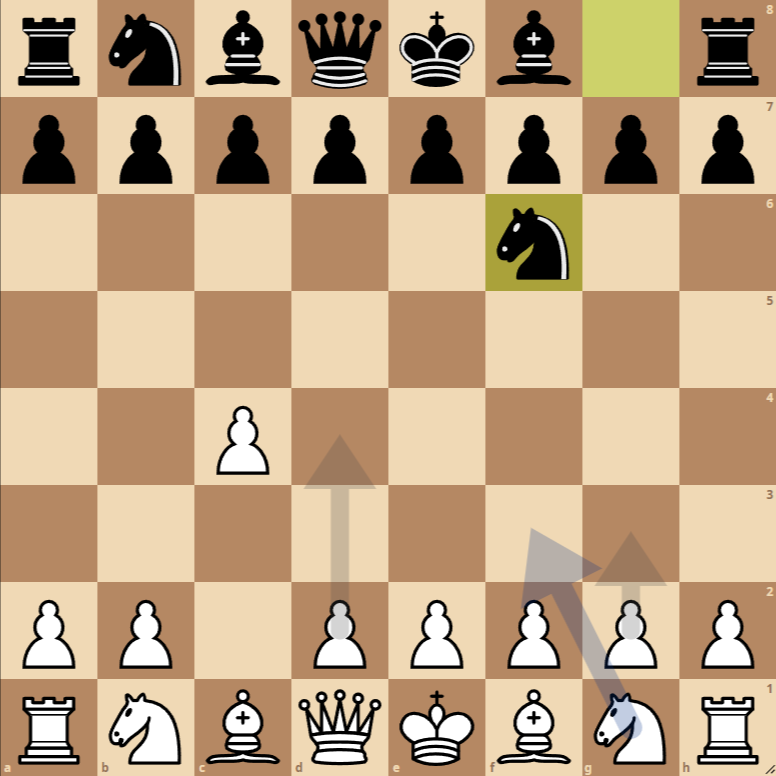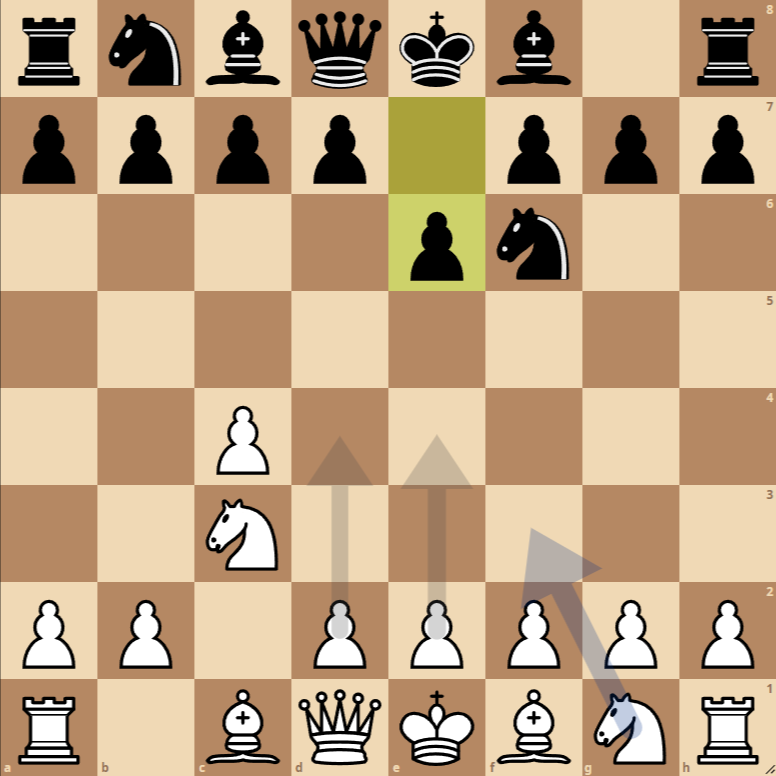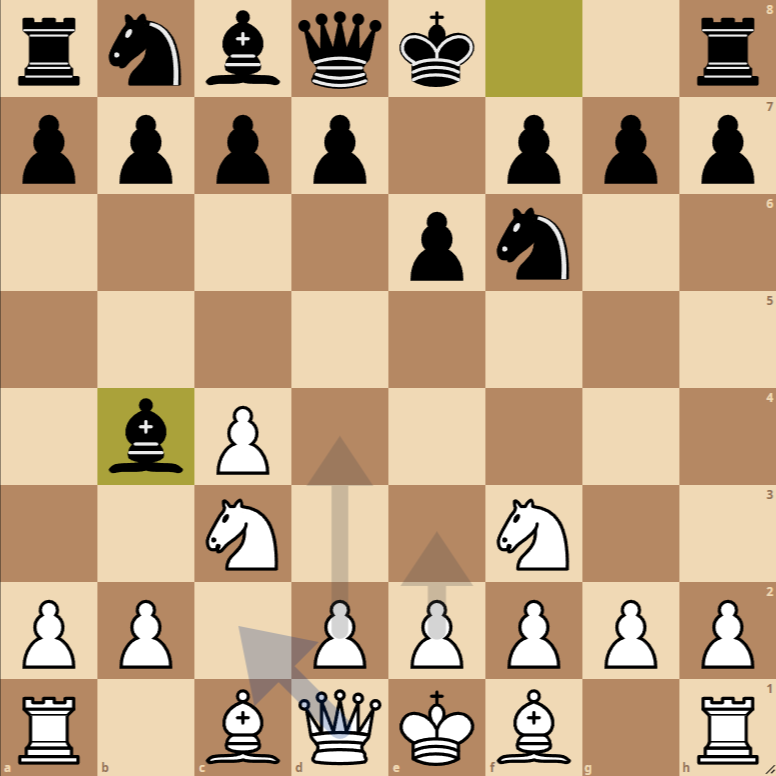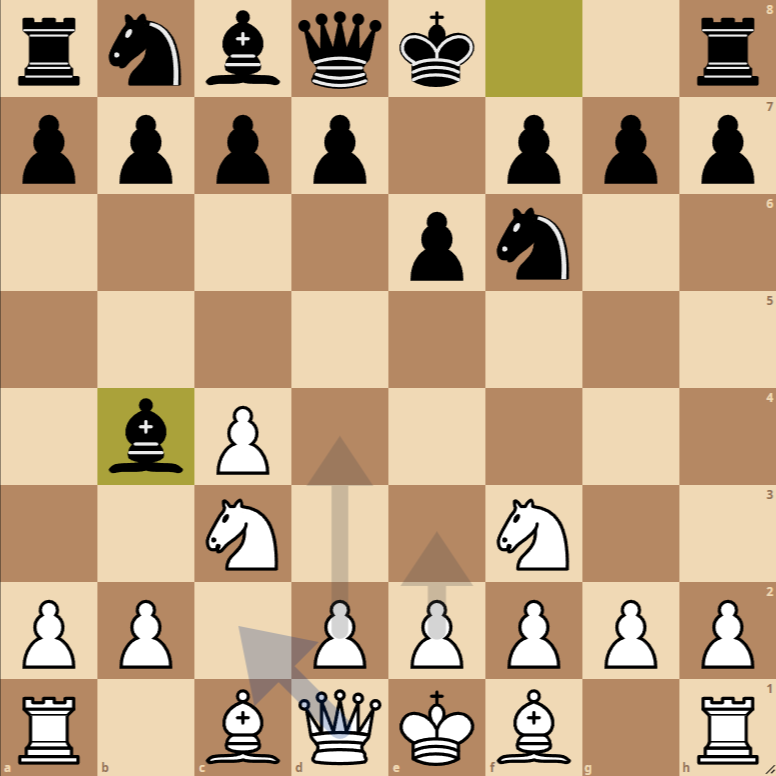How to Play the English Opening: Anglo-Indian Defense, Nimzo-English



- 1. c4: This initial move by White indirectly occupies the center and controls the d5 square. It’s characteristic of the English Opening and sets up flexible development.
- 1… Nf6: Black responds by developing a knight and controlling the central e5 and d4 squares. It’s a move that keeps options open.
- 2. Nc3: White develops another knight, reinforcing control over the center, and preparing for a possible central advance with d4.
- 2… e6: Black prepares to develop the light-squared bishop, potentially to b4 or d6, and opens paths for castling.
- 3. Nf3: White continues their development with an emphasis on central control and preparation for short castling.
- 3… Bb4: Black opts for the Nimzo-English variation, pinning the knight on c3 and exerting influence over the center, particularly the e4 square.
Variations of the English Opening: Anglo-Indian Defense, Nimzo-English
Variation 1: 3… d5
In this variation, Black plays 3… d5, directly challenging the center and opening lines for their pieces. It’s a solid continuation aimed at quickly activating Black’s minor pieces.
Variation 2: 3… b6
With 3… b6, Black prepares to fianchetto their dark-squared bishop, which can lead to more flexible pawn structures and dynamic play on the queen’s side.
Variation 3: 3… c5
This move aims to counter the White center directly with 3… c5, challenging the d4 pawn and seeking more active play in the center. It can lead to asymmetrical pawn structures and tactical possibilities.

